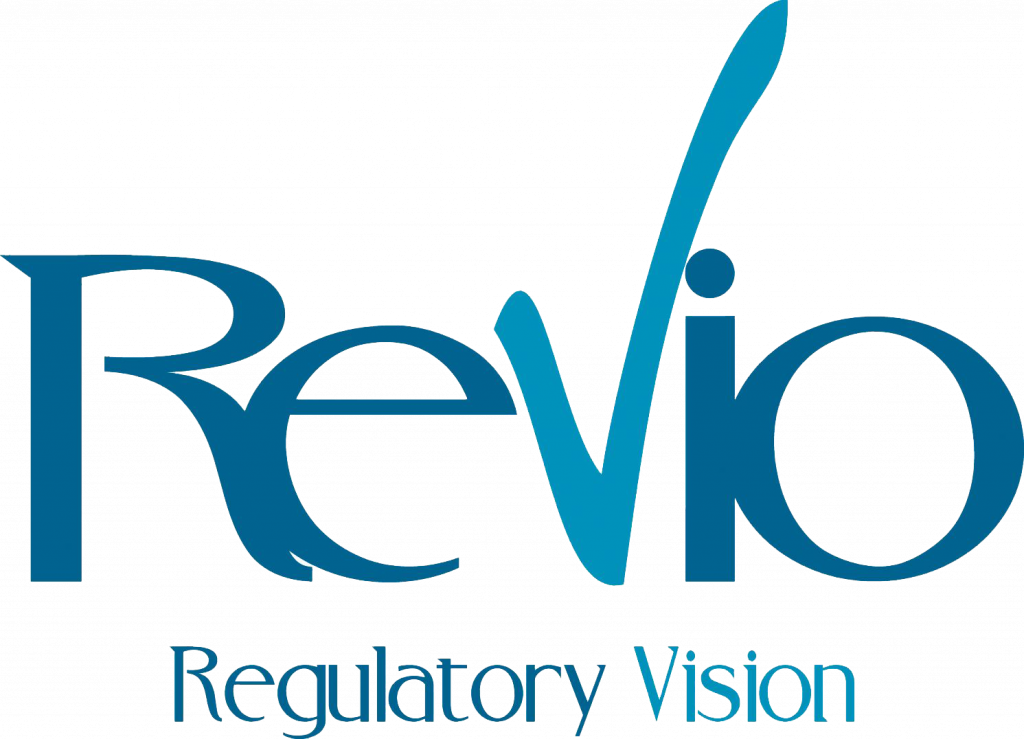New EMA Reflection paper on the evaluation of New Active Substance status of biological substances
Recently, the EMA has published a new reflection paper reflecting the current experience on New Active Substance (NAS) status in the context of scientific advice and assessment of Marketing Authorisation Applications (MAA). This is a draft paper that is currently open to consultation. Comments from sponsors and academia can be provided by 31 May 2023.
The document describes the scientific thinking applied to NAS assessment of biological active substances, providing guidance on the elements required for the submission of a NAS claim. Advanced Therapy Medicinal Products (ATMPs) are within the scope of the document.
ATMPs Considerations in the New Active Substance (NAS) document
NAS claims should be based on difference in active substances. Differences in process- and product-related impurities or extraneous agents are not considered for a NAS claim. The Notice to Applicant (NtA) defines 2 indents that are relevant for new biological active substances and ATMPs:
- First indent: A chemical, biological, or radiopharmaceutical substance not previously authorised in a medicinal product for human use in the European Union
- Third indent: A biological substance previously authorised in a medicinal product for human use in the European Union, but differing significantly in propoerties with regard to safety and/or efficacy which is due to differences in one or a combination of the following: molecular structure, nature of the source mateiral or manufacturing process.
For ATMPs, it may be difficult to identify the basic structural features. For this reason, under first indent, the consideration whether an active substance constitutes a NAS could be based on its biological characteristics and/or biological activity.
The following illustrative differences in active substances can justify a NAS claim under the first indent for the different types of ATMPs.
Cell-based and tissue engineered product
- Different cell type. A difference in cell type as active substance, such as mesenchymal stem cells (MSCs) vs. hematopoietic stem cells (HSCs) or T- vs. B-lymphocytes.
- Different cell source. Certain differences in the cell source, such as primary cells vs. cell lines, or tumour cell line vs. non-tumour cell line.
- Different cell composition. A difference in the ratio of different related cell-types that are part of the active substance, provided that the cellular composition is controlled within a range defined by the manufacturing process.
- Differences in other biological characteristics. Differences in the activation or differentiation status, provided that this property is substantial for the biological characteristics or activity.
- Differences in manufacturing. If the difference has a substantial impact on biological characteristics or activity of the active substance, such as, non-cultured vs. cultured cells, bioprinting of the active substance vs. conventional tissue engineering methods.
In vivo gene therapy
- Differences in the transfer system. A difference in the transfer system when being part of the active substance (e.g., viral vector system vs. non-viral vector system).
- Difference in the viral vector, (e.g., adenovirus vs AAV). A difference in virus capsid due to the use of a different (sub-)type of virus vector or the presence of different capsid proteins is expected to be a substantial difference.
- Difference in the therapeutic sequence, resulting in a substantial difference in amino acid sequence of the therapeutic protein.
- Differences in the regulatory sequences, that could substantially impact the level of expression of the therapeutic protein, stability, tissue tropism or transduction efficiency.
Differences in manufacturing technology. Changes that have a substantial impact on biological characteristics or activity of the active substance.
New Active Substance (NAS) claim under indent 3 of the NtA definition
A NAS claim based on the third indent should be considered where a related active substance has been previously authorised in the EU but differs significantly in properties with regards to safety and/or efficacy, due to differences in molecular structure, nature of the source material or the manufacturing process. Some examples that could justify a New Active Substance (NAS) claim under indent 3 are:
- Using authologous vs. allogeneic cells, as the nature of the starting material is expected to significantly impact the safety and/or efficacy.
- Differences in cell isolation or selection procedure that lead to improved consistency in composition of the active cell population that is relevant to safety and/or efficacy.
- Differences in the manufacturing process that permit expanding the treatable population (within the same targeted therapeutic indication).
We hope you found this information interesting and useful, for more information on the criteria to be considered for new active substance claims of biological substances, you can check the official EMA’s document here!
You can follow us on LinkedIn to get the latest updates, guidance and development on the pharmaceutical regulatory environment. You can also get in contact with REVIO here!




